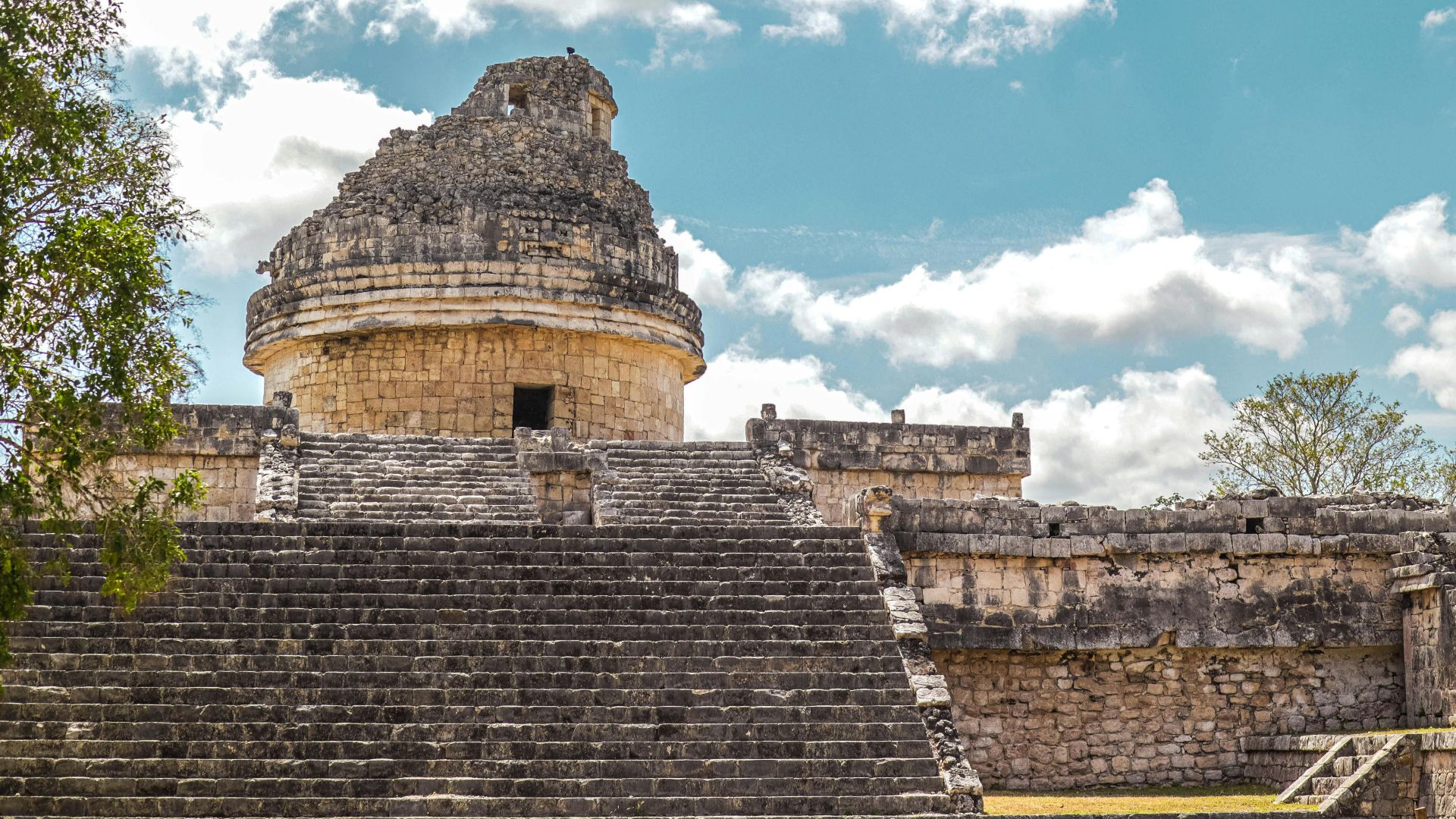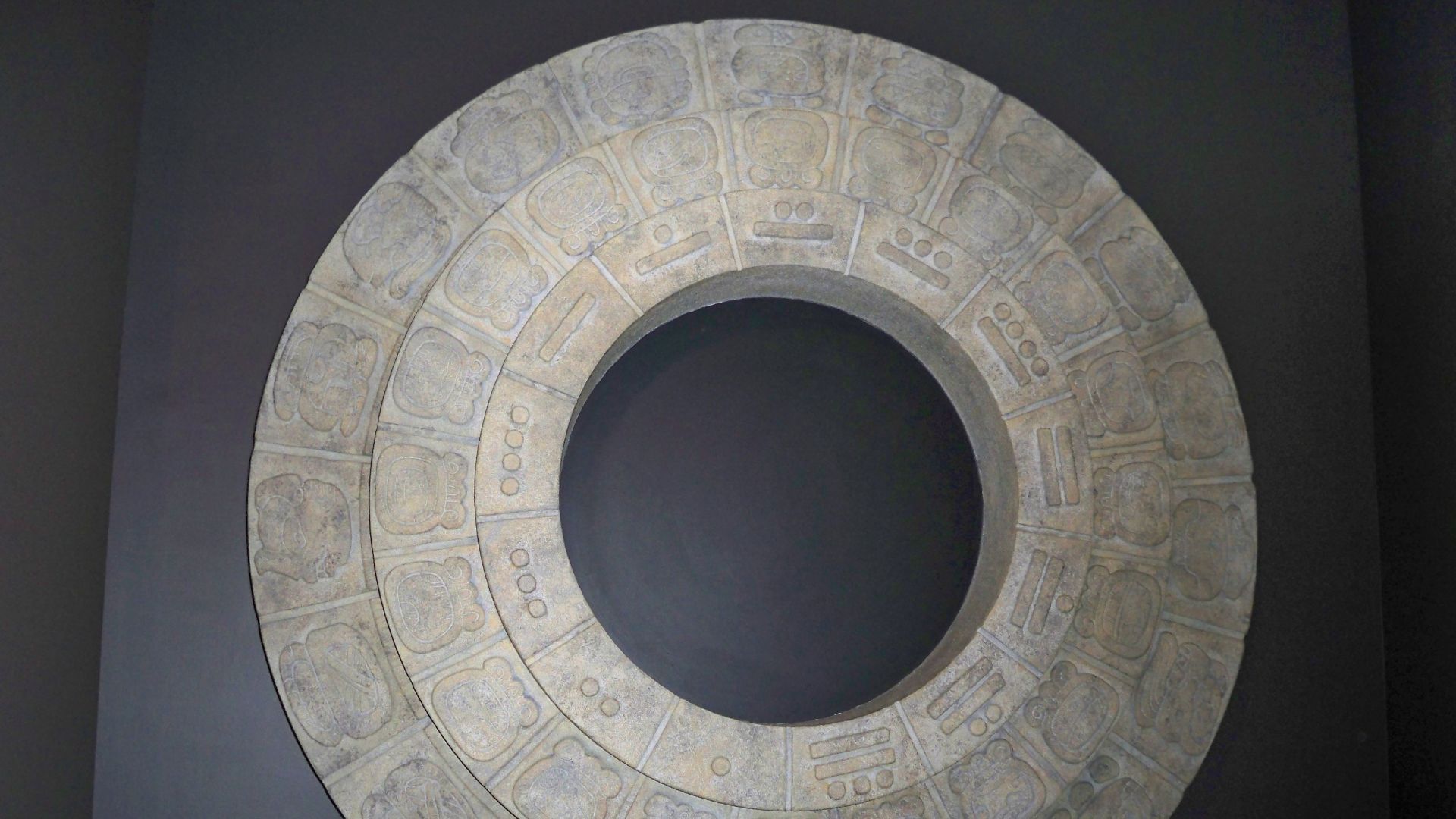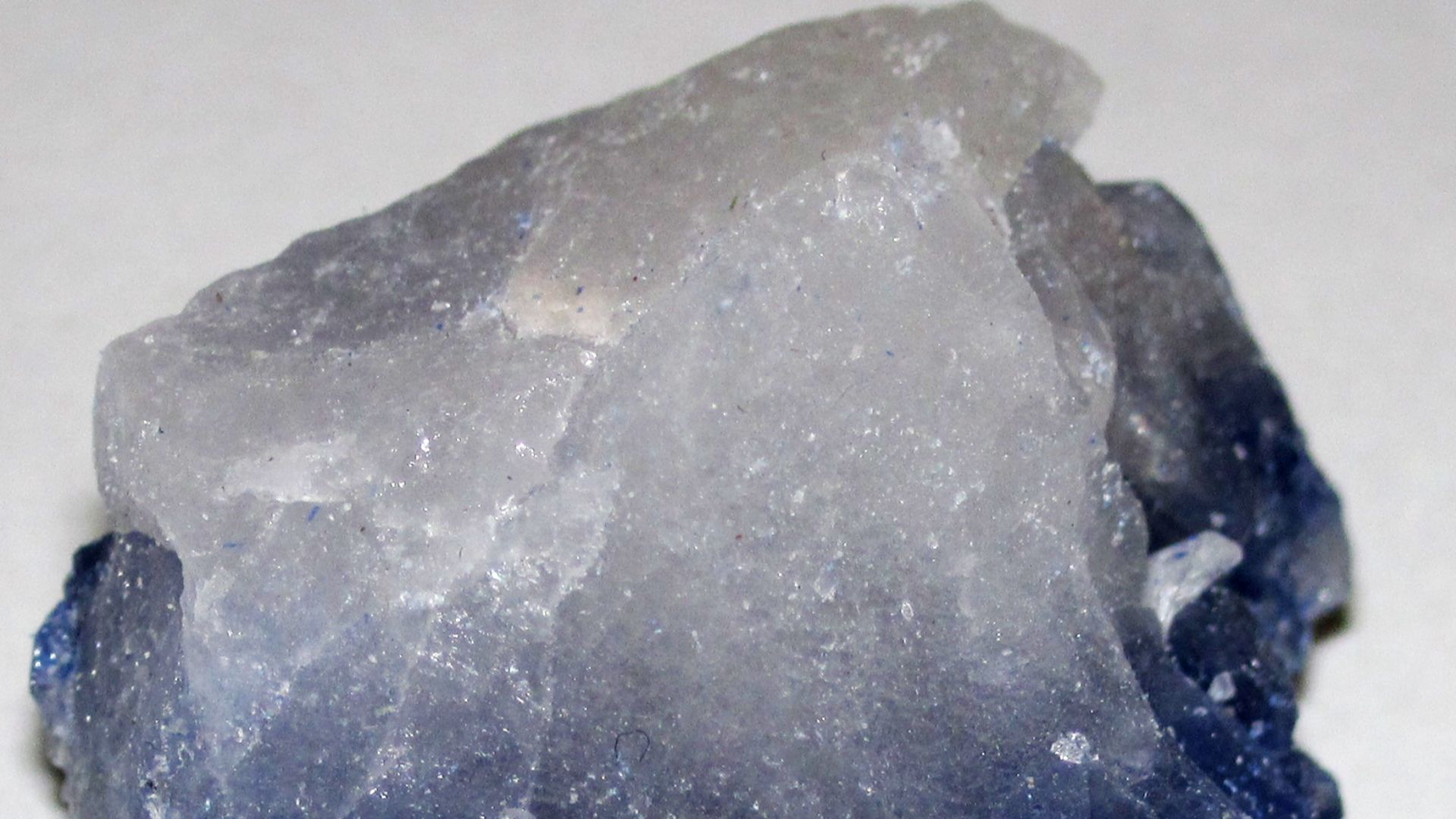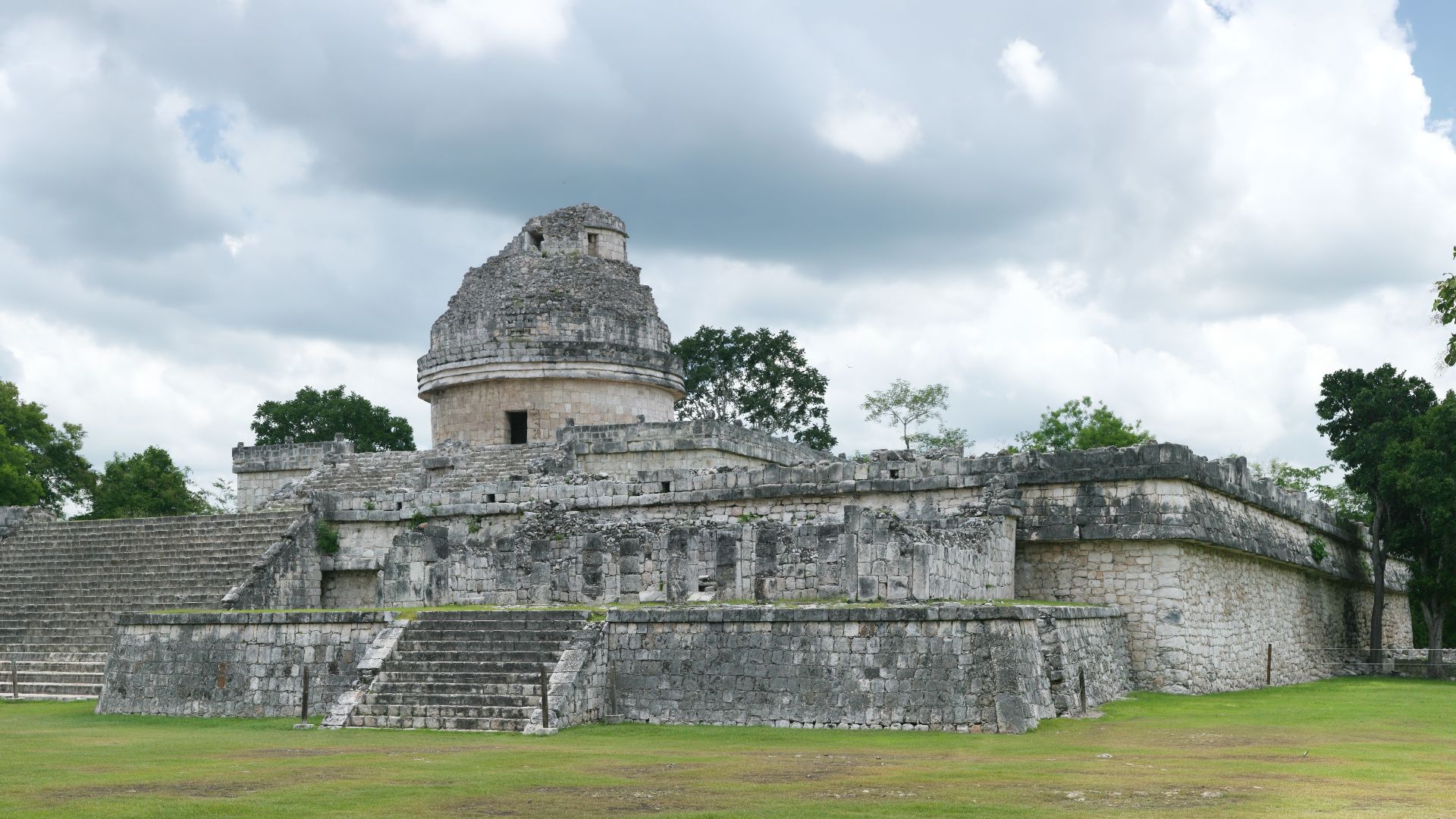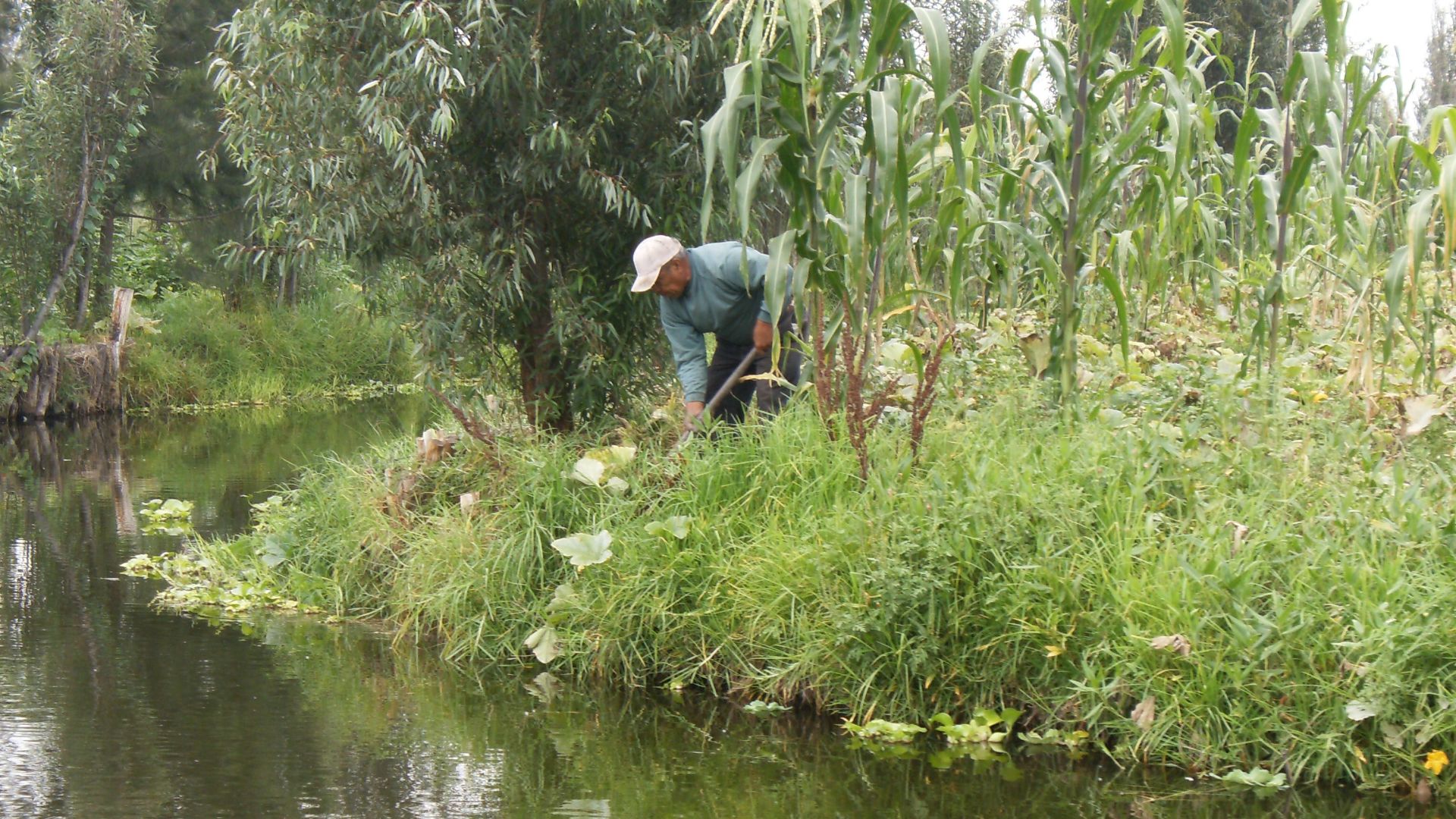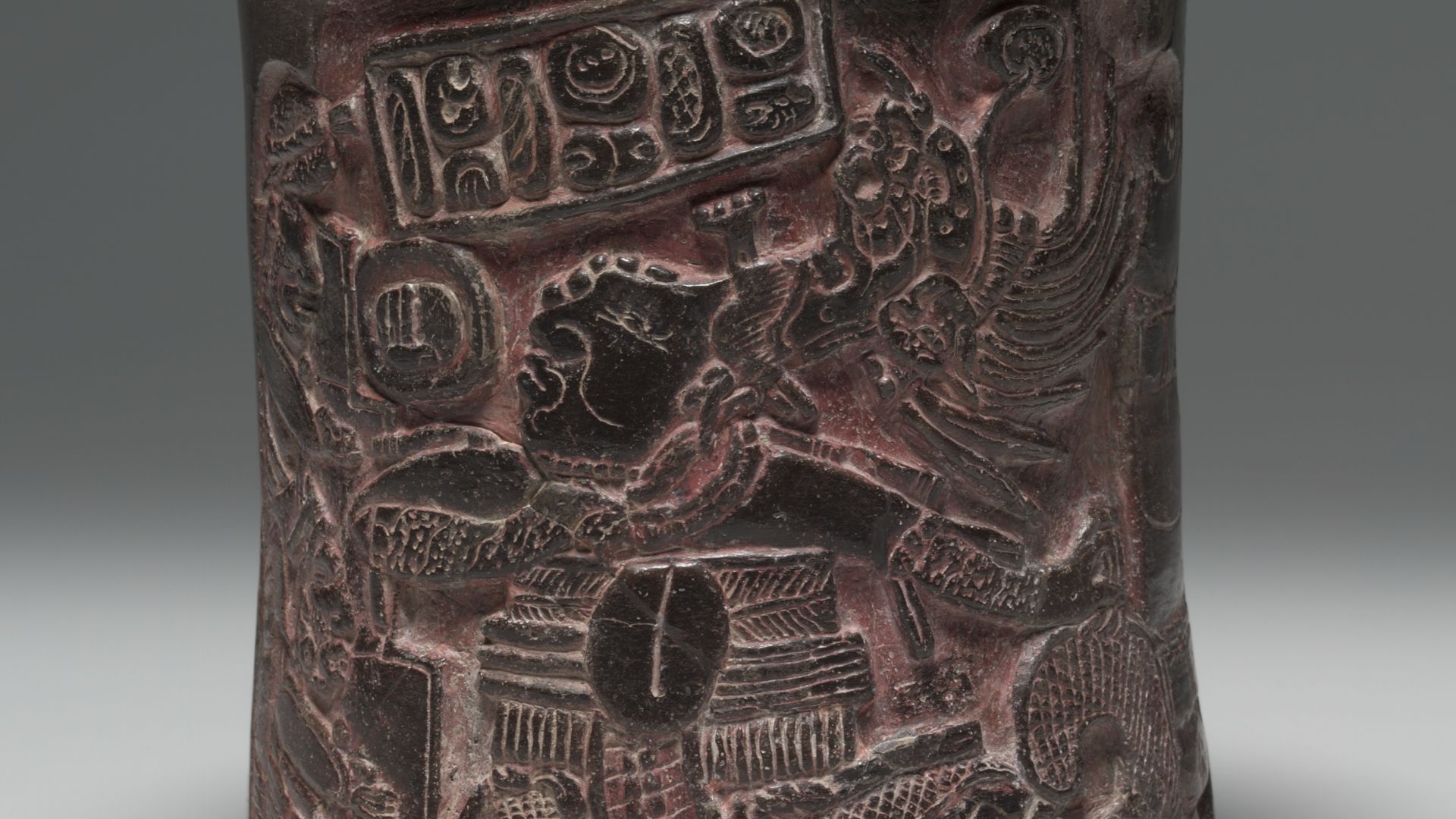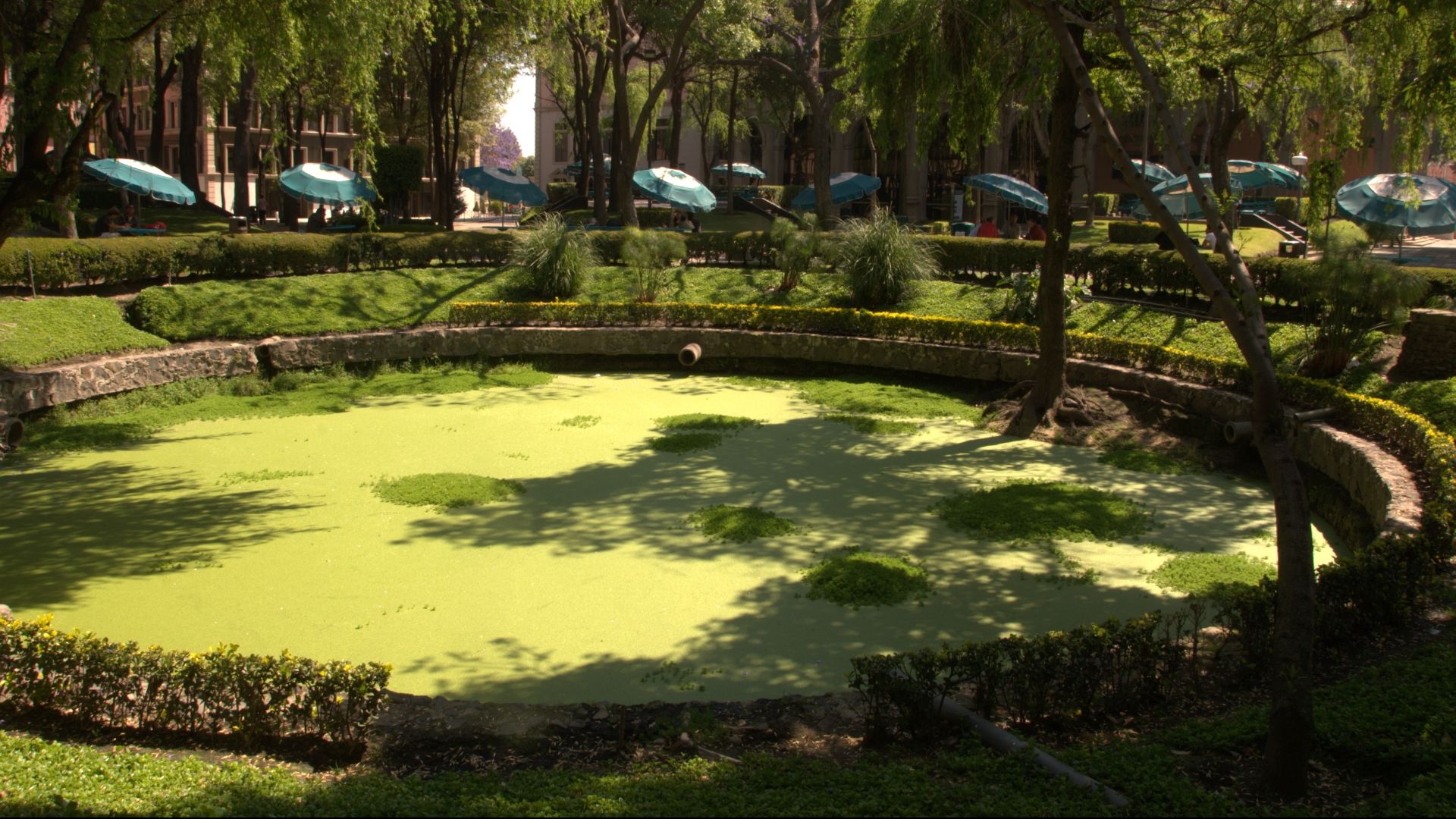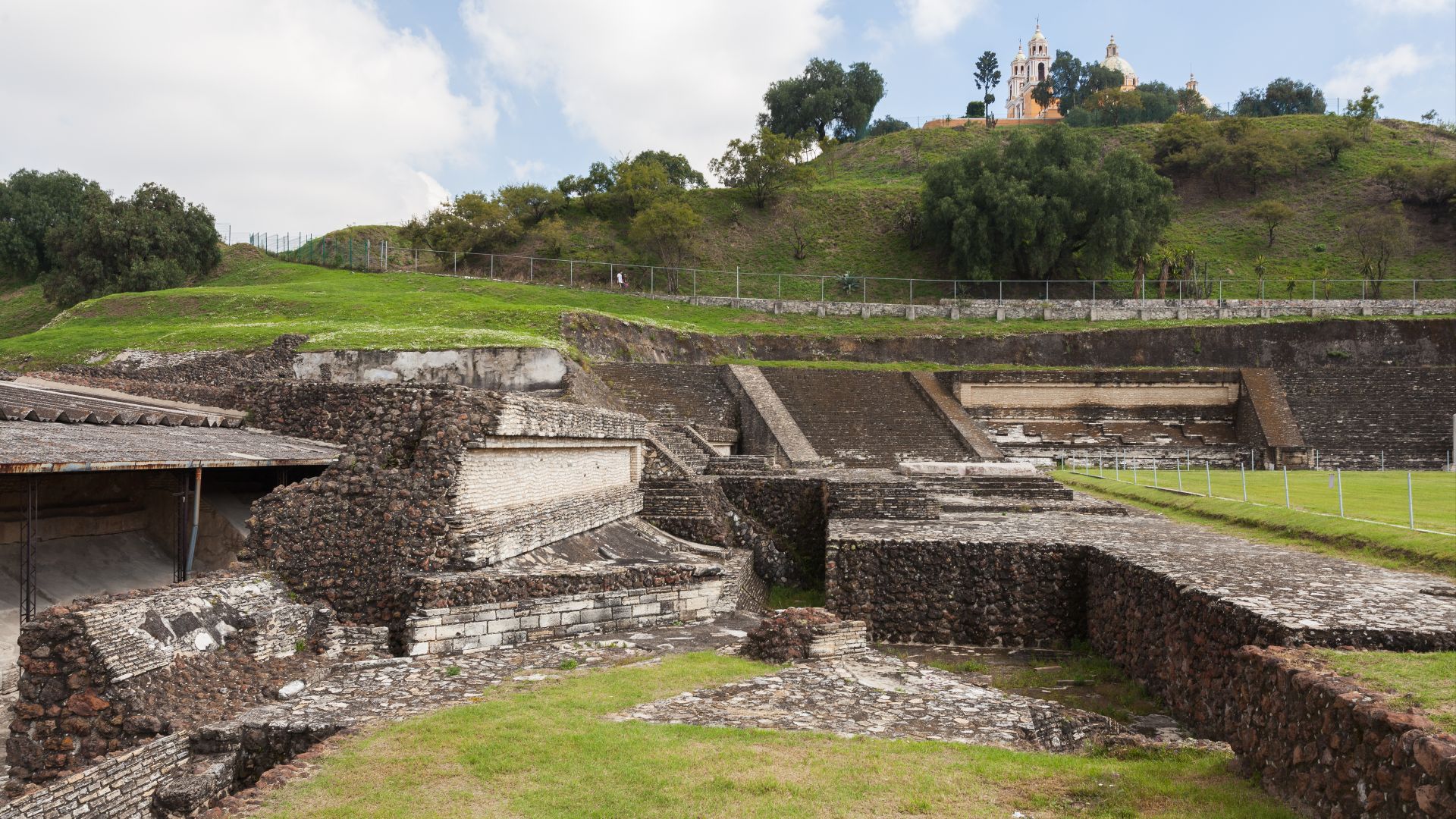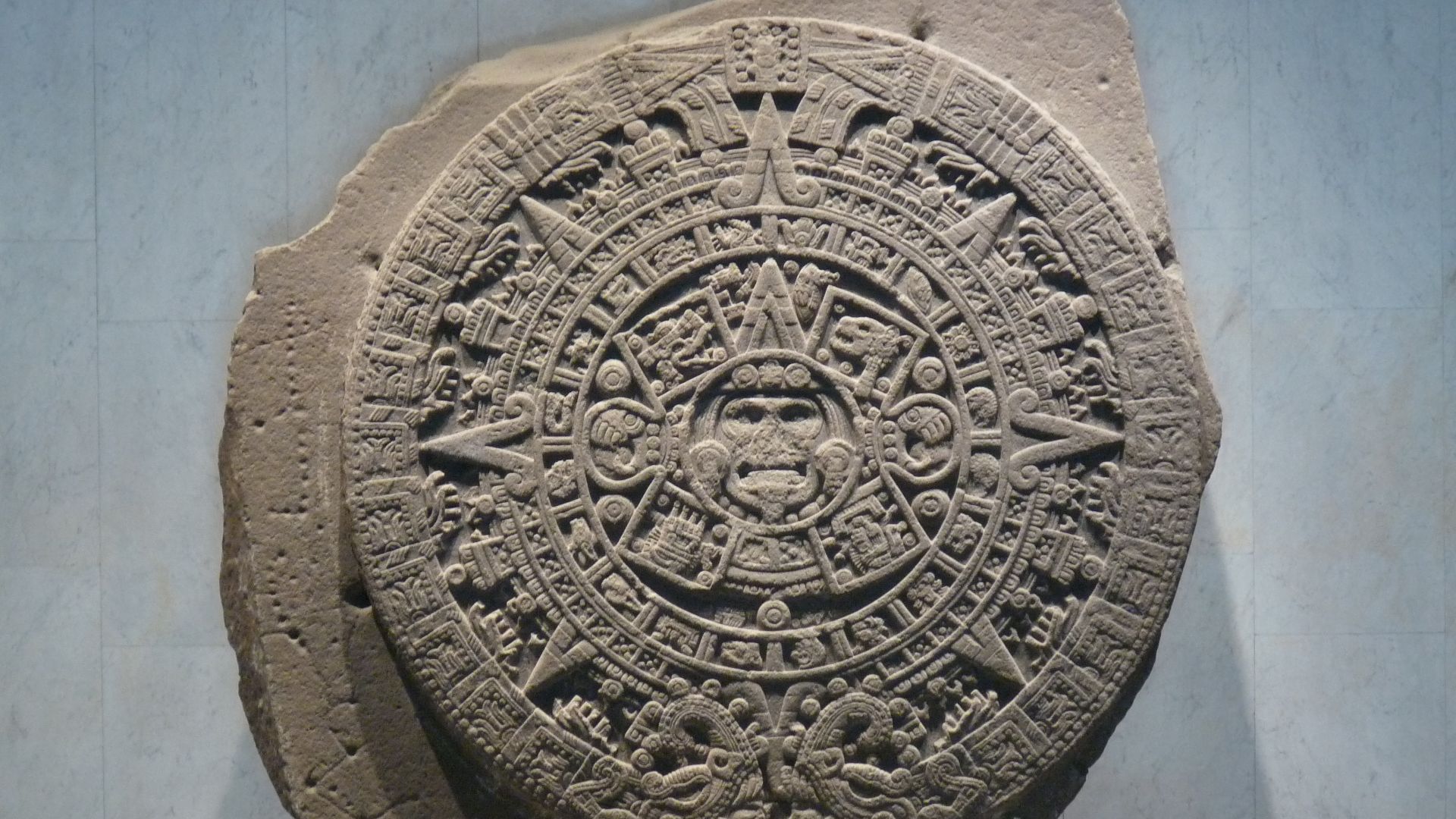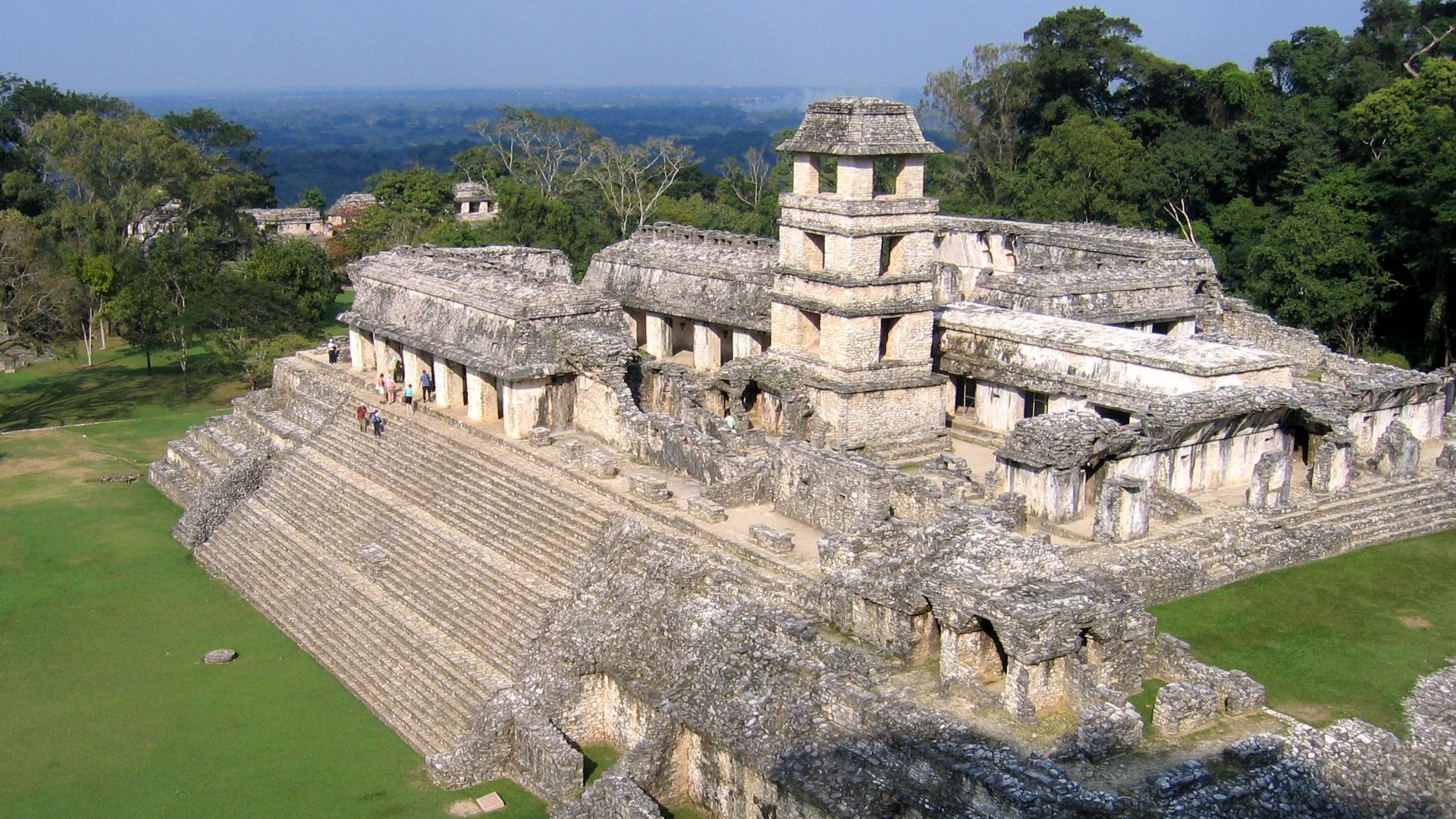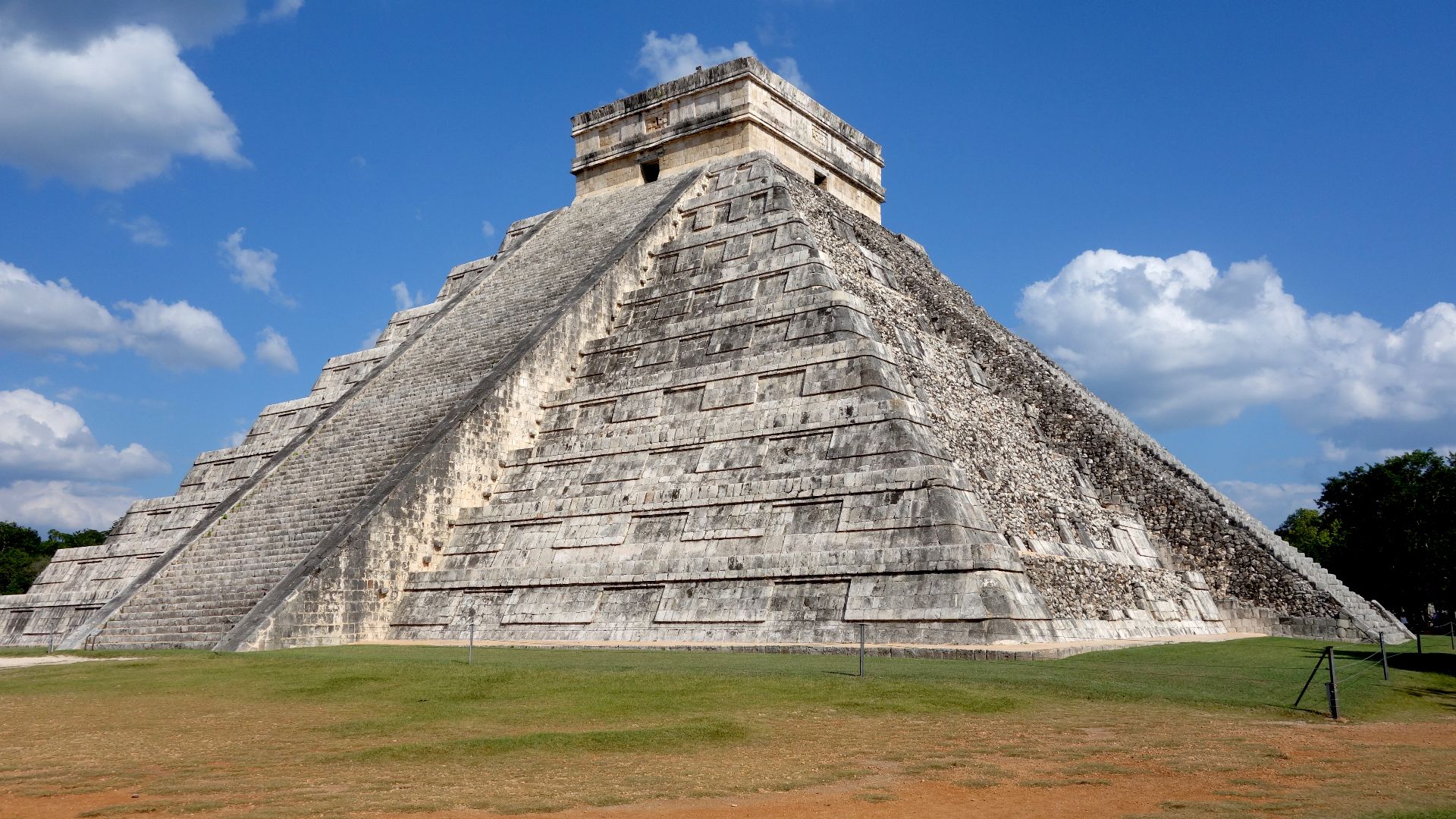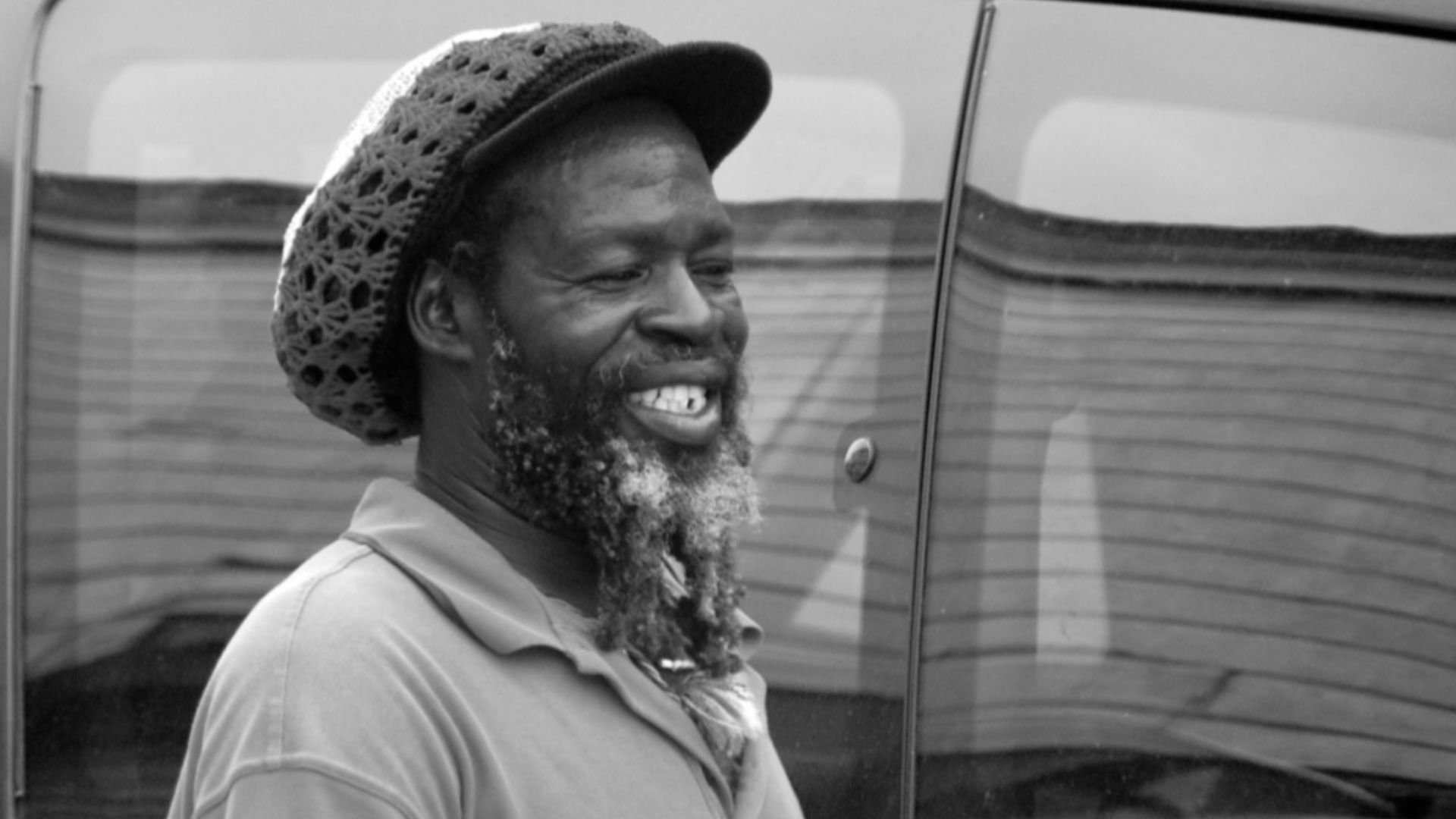More Than Just Stone Ruins
When you picture the ancient Mayans, your mind might wander to grand pyramids shrouded in jungle mist or mysterious glyphs carved into stone. But hidden beneath those iconic ruins is a legacy of innovation that rivals even the brightest minds of today. What follows is a collection of remarkable achievements that highlight the creativity and brilliance of this ancient civilization. Let's dive into some of their most profound discoveries.
1. Mayan Calendar System
The Mayan calendar system stands as one of the most sophisticated timekeeping inventions of the ancient world. They developed not just one, but two interlocking calendars: the 260-day ritual calendar known as the Tzolk'in and the 365-day solar calendar called the Haab.
2. Concept Of Zero
Centuries before zero appeared in European mathematics, the Maya had already developed and used it. Their number system included a true zero, symbolized by a seashell, which allowed them to make remarkably accurate astronomical calculations and create sophisticated calendars.
 Unknown authorUnknown author on Wikimedia
Unknown authorUnknown author on Wikimedia
3. Water Filtration System
Prioritizing clean water, the Mayans engineered one of the earliest water filtration systems over 2,000 years ago at sites like Tikal. By using quartz and zeolite, they purified reservoirs and reduced harmful microbes, marking a remarkable advancement in ancient public health and engineering.
4. Chocolate Processing
If you’ve ever indulged in a piece of chocolate, you have the Mayans to thank for pioneering its processing. For them, chocolate was a sacred gift from the gods, often enjoyed by nobles. Cacao beans were so valuable that they doubled as currency.
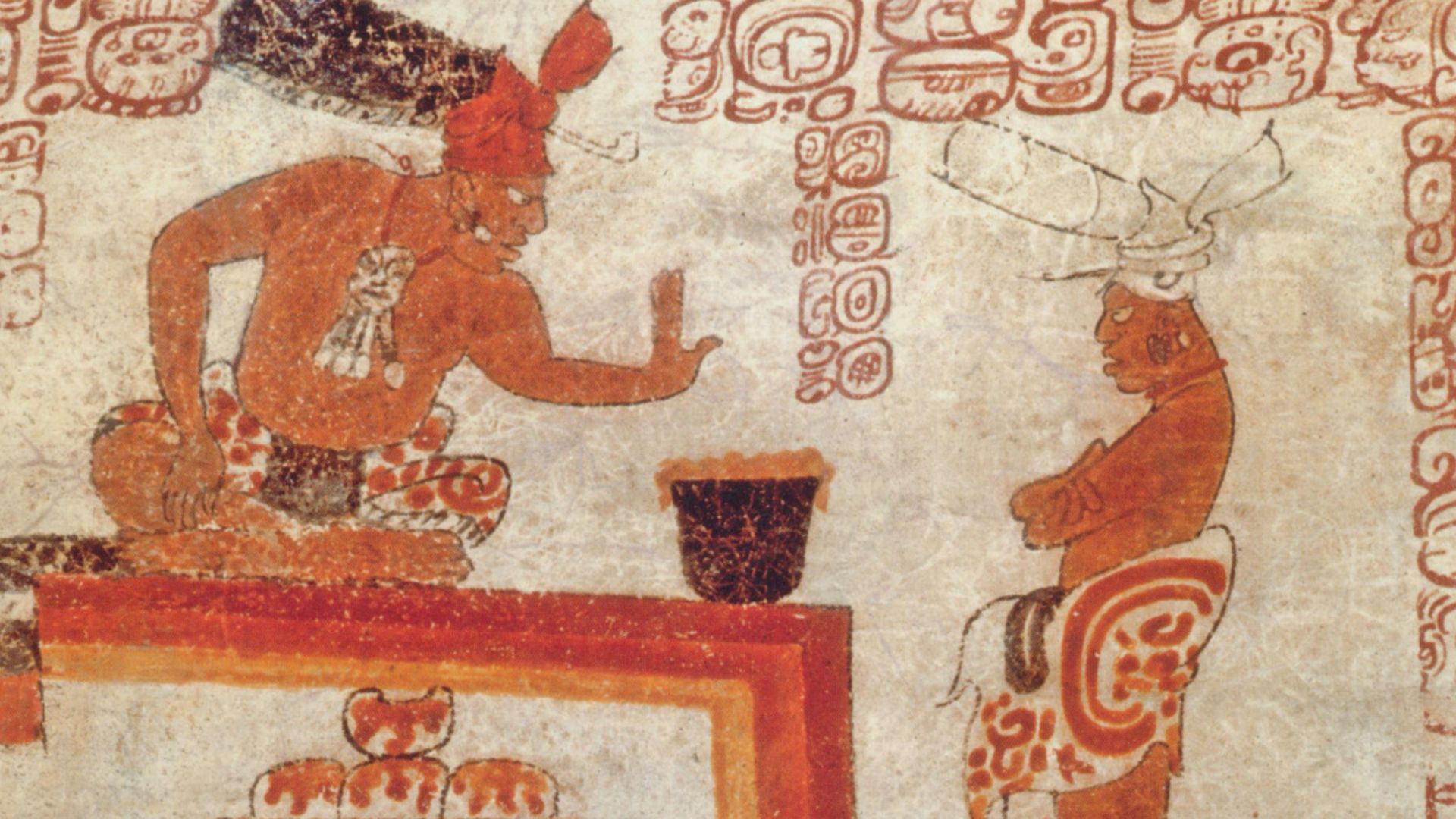 Mayan civilisation on Wikimedia
Mayan civilisation on Wikimedia
5. Maya Blue Pigment
The Mayans crafted Maya Blue, a vivid pigment made from indigo and palygorskite clay. Known for its durability, this color adorned murals and pottery that survived centuries of weathering. Its mysterious formula stumped scientists until the 20th century, ultimately highlighting Mayan chemical expertise.
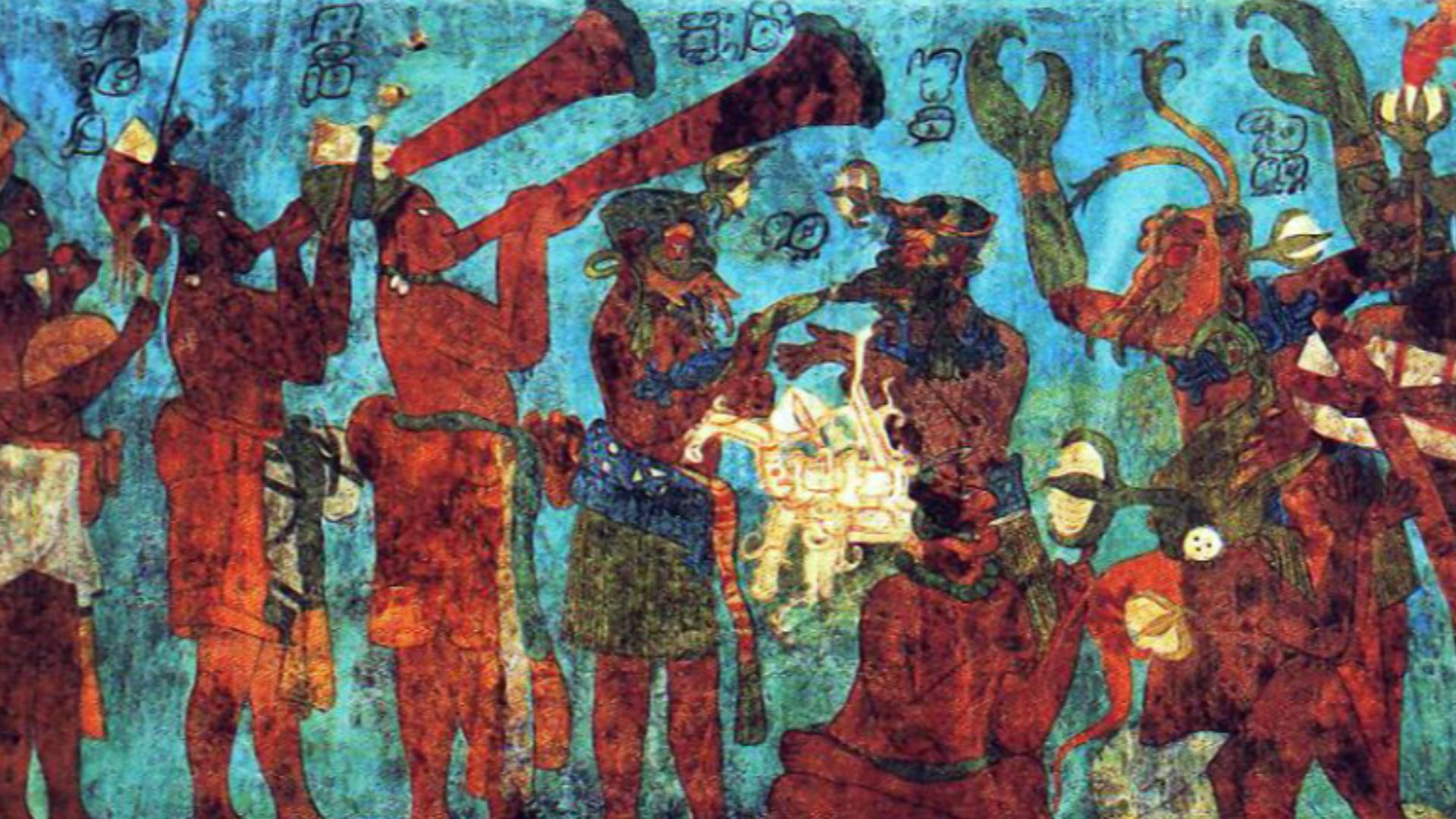 Unknown authorUnknown author on Wikimedia
Unknown authorUnknown author on Wikimedia
6. Hieroglyphic Writing
One of the few fully developed scripts in the ancient Americas, the Mayan hieroglyphic system was remarkably complex and sophisticated. Their logosyllabic system recorded everything from royal lineages and historical events to astronomical observations, using over 800 distinct glyphs.
7. Terraced Hillside Farming
Steep hillsides didn't stop the Mayans from growing food. They built terraced fields supported by retaining walls and created flat farmland on otherwise unusable slopes. This technique not only prevented soil erosion but also expanded the amount of land available for cultivation.
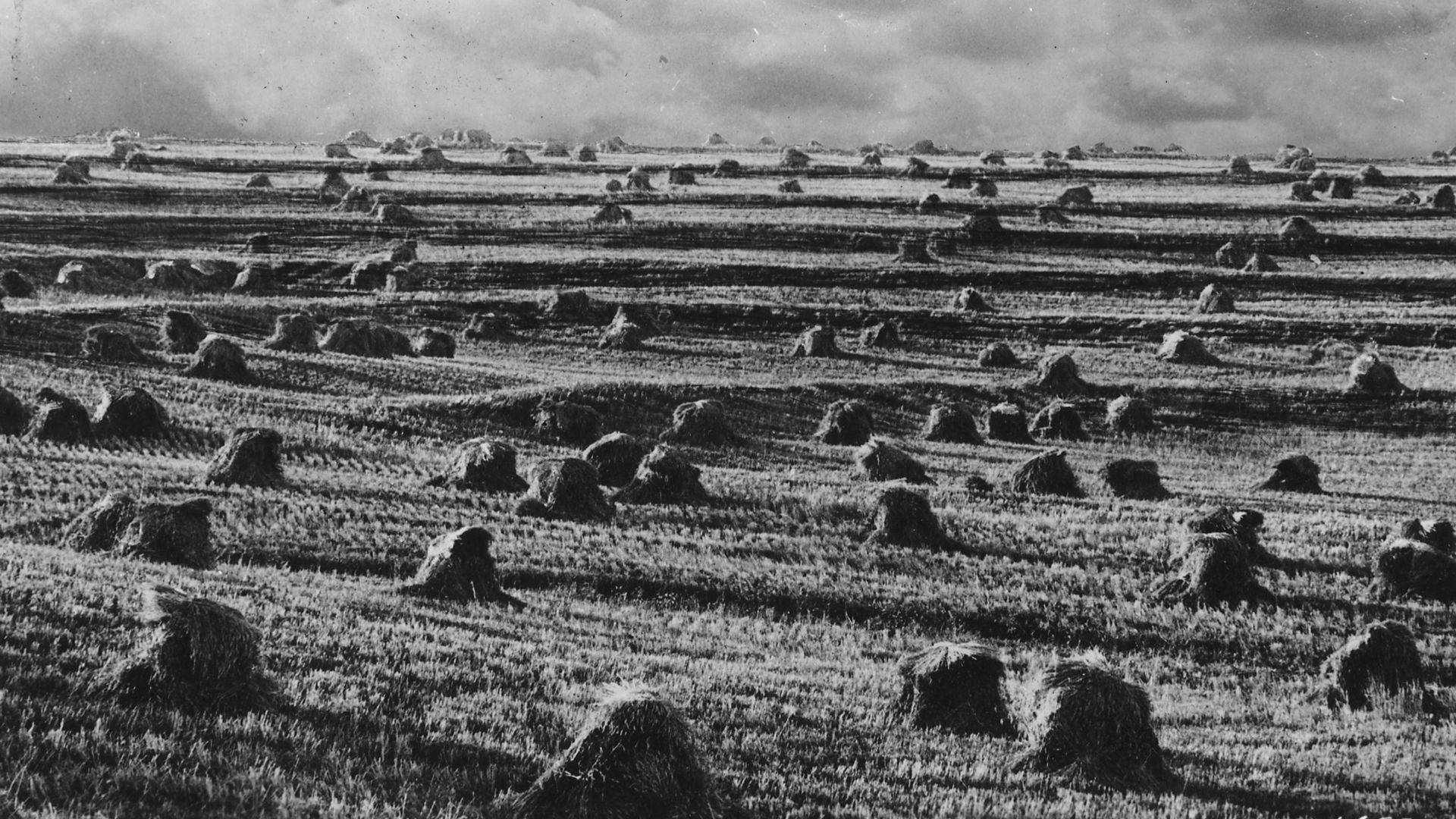 Unknown authorUnknown author or not provided on Wikimedia
Unknown authorUnknown author or not provided on Wikimedia
8. Observatories And Astronomy
Mayans constructed observatories like El Caracol, where astronomers meticulously tracked the movements of celestial bodies. Their predictions of solar eclipses were spot-on, and their tables for tracking Venus rivaled those compiled in Renaissance Europe. The Mayans' astronomical expertise influenced everything from their calendar to their mythology.
9. Raised Field Agriculture
Raised beds called chinampas were engineered by the Mayans to farm in swampy areas, increasing yields and preventing erosion. These innovative fields transformed difficult terrain into fertile farmland, and some remain visible today, highlighting the Mayans' enduring agricultural ingenuity in challenging environments.
10. Road System (Sacbeob)
Traveling between Mayan cities was a breeze thanks to their sacbeob—raised limestone roads that connected major urban centers and trade routes. Some of these ancient highways stretched over 100 kilometers, their surfaces coated in white plaster that gleamed under the moonlight.
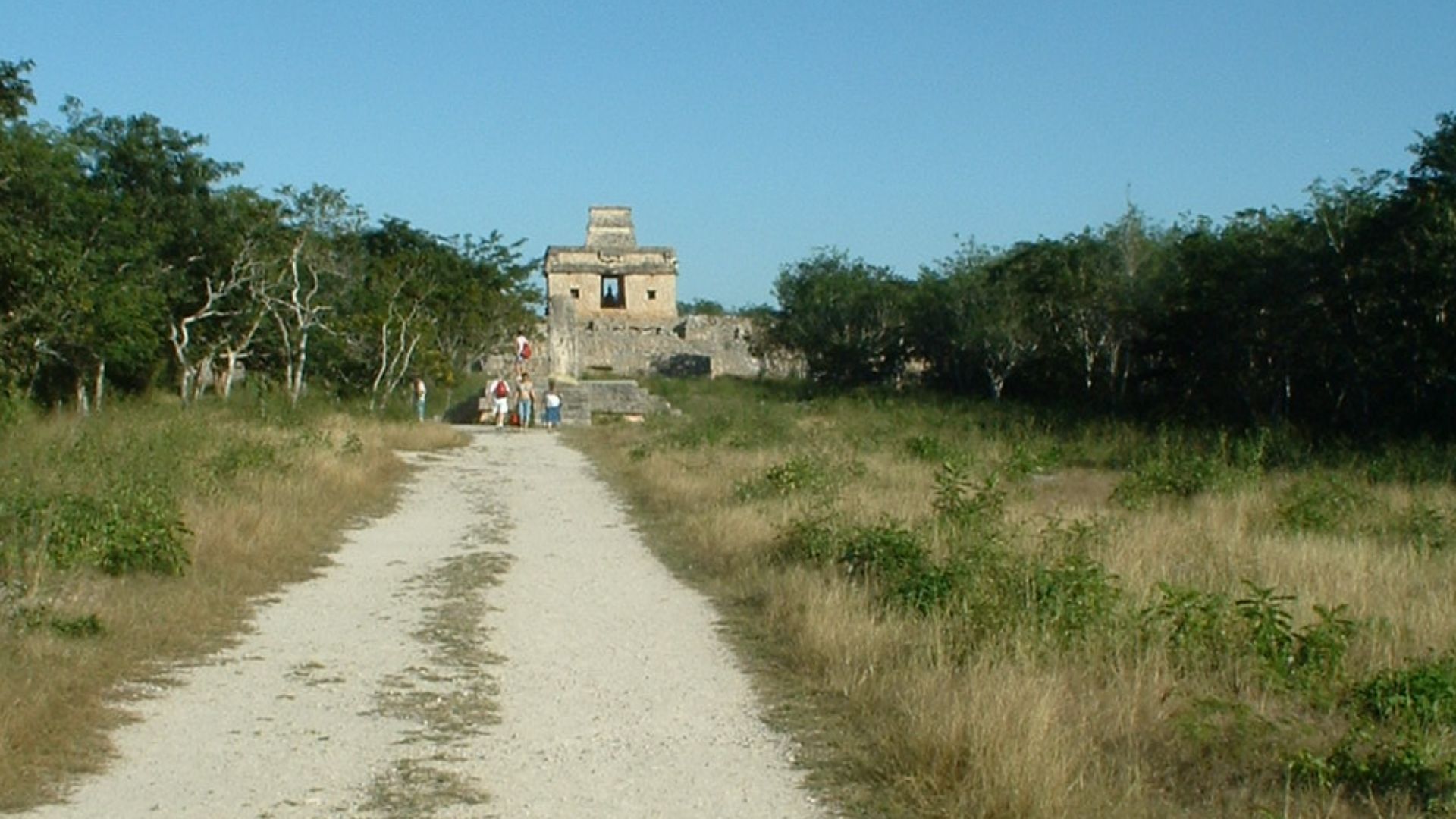 Photo by David Wohl on Wikimedia
Photo by David Wohl on Wikimedia
11. Corbel Arch Architecture
The Mayans carefully overlapped stones through the use of the corbel arch to craft vaulted ceilings without the need for true arches. This technique supported grand temples and tombs while shaping the iconic interiors of pyramids—spaces that continue to awe both modern architects and curious travelers.
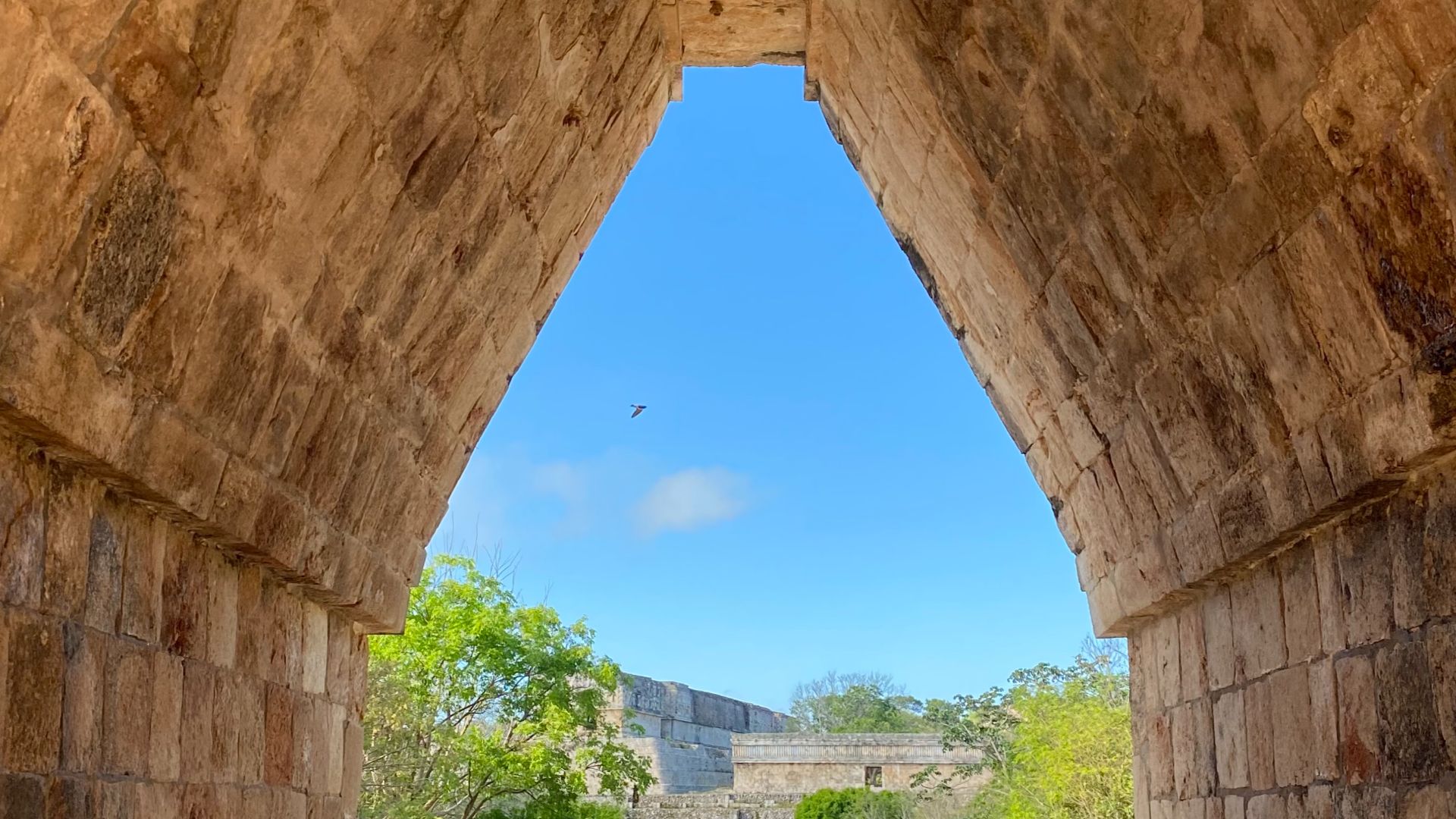 Sharon Hahn Darlin on Wikimedia
Sharon Hahn Darlin on Wikimedia
12. Stone Tools And Blades
Mayans turned obsidian and chert into razor-sharp tools, perfect for everything from surgery to construction and even writing. Obsidian blades, sharper than modern surgical steel, were a technological marvel, and the quarries that produced them became bustling trade centers.
13. Rubber Production
Centuries before Goodyear, the Mayans made rubber by blending latex with morning glory sap. They fashioned footwear and created durable rubber balls central to ceremonial ball games. This highlights their early innovation in materials science, long before modern vulcanization emerged.
14. Rainwater Collection Systems
Sophisticated rainwater collection systems, such as large reservoirs and clay-lined chultuns, enabled Mayan cities to thrive far from natural water sources. By capturing seasonal rains and preventing leaks, these impressive engineering skills ensured reliable water supplies even in challenging rainforest environments.
15. Temple-Pyramids
Towering temple-pyramids served as Mayan worship and burial sites, often aligned with celestial events. Climbing their steep steps symbolized sacred journeys. At Chichen Itza, El Castillo's equinox shadow forms the body of a serpent, dramatically connecting earth and sky. It combines the Mayans' architectural and astronomical brilliance.
16. Calendrical Round
Combining a 260-day ritual calendar with a 365-day solar one, the Maya created the 52-year Calendar Round. This cycle organized festivals and rituals, with each "century" lasting 18,980 days. Its reset marked a major communal celebration, ultimately uniting society in cosmic rhythm.
17. City Grids Aligned To Celestial Events
Urban planners aligned city grids and buildings with solstices, equinoxes, and planetary cycles, blending spiritual beliefs with engineering precision. During the equinoxes, certain structures would cast dramatic shadows, turning the city into a living calendar. These layouts honored sky gods and ensured agricultural activities synced perfectly with the heavens.
18. Acoustic Engineering In Temples
Mayan temples were acoustic marvels. Their plazas and stairs reflected sound so well that a clap could echo like a quetzal bird. These intentional designs amplified ritual chants by turning ceremonies into immersive, multi-sensory experiences that connected participants with the divine through both sound and architecture.
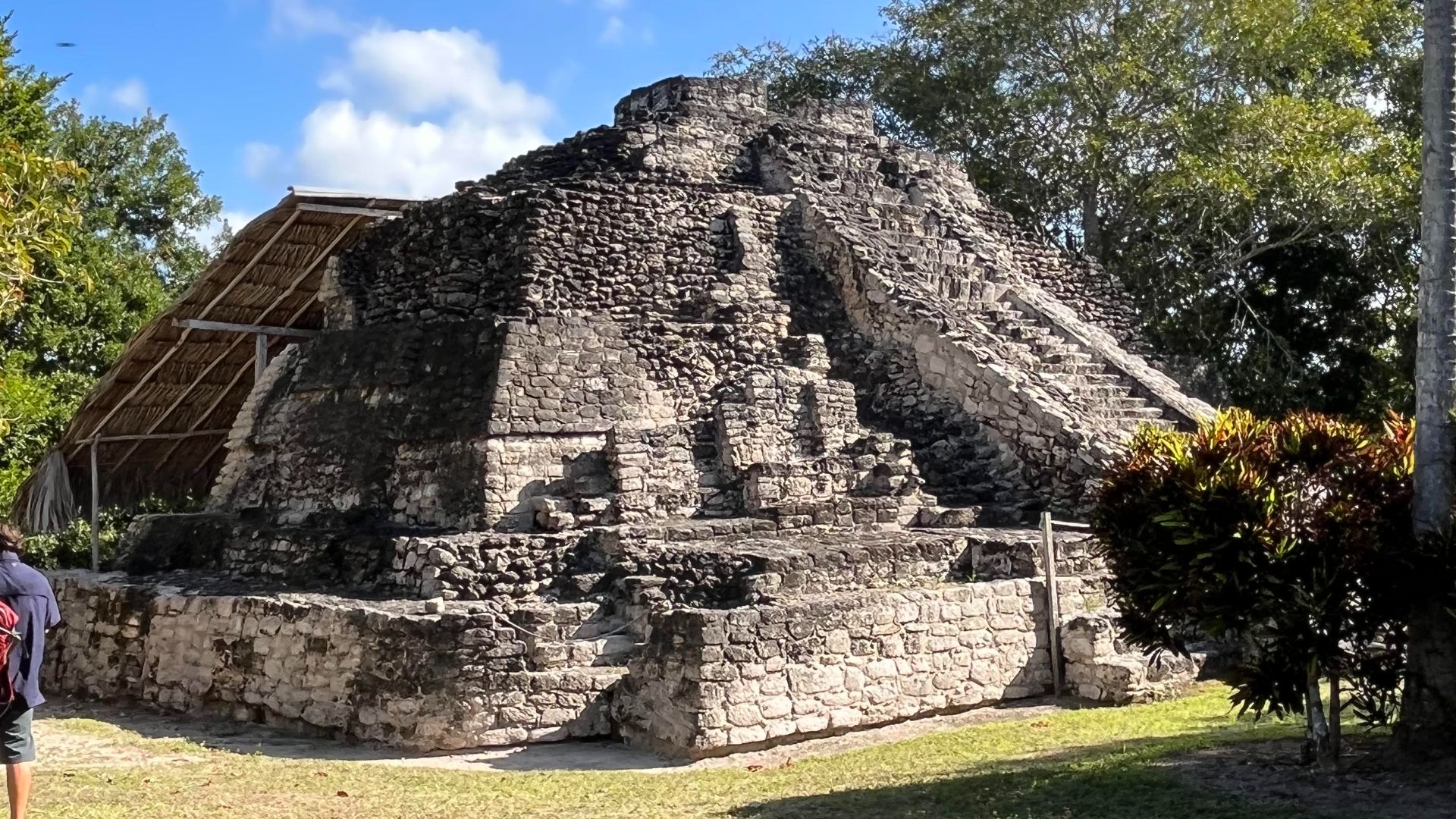 Penelopechicken123 on Wikimedia
Penelopechicken123 on Wikimedia
19. Mathematical Staircase Design In Temples
Encoding calendars in their staircases, Mayan temples fused math and architecture. El Castillo's 91 steps per side plus the top platform total 365, reflecting the solar year. This brilliant fusion made every climb a walk through the calendar, subtly teaching cosmology with every step.
20. Mosaic Dental Inlays
The Mayans were pioneers in dental bling. They decorated their teeth with jade and turquoise inlays, using natural adhesives to secure these precious stones. Some of these sparkling inlays lasted a lifetime, marking status and beauty in Mayan society.
KEEP ON READING

The World's Longest Unfinished Building
Stephan Leuzinger on PexelsIt's been nearly 144 years since construction…
By Christy Chan Dec 12, 2025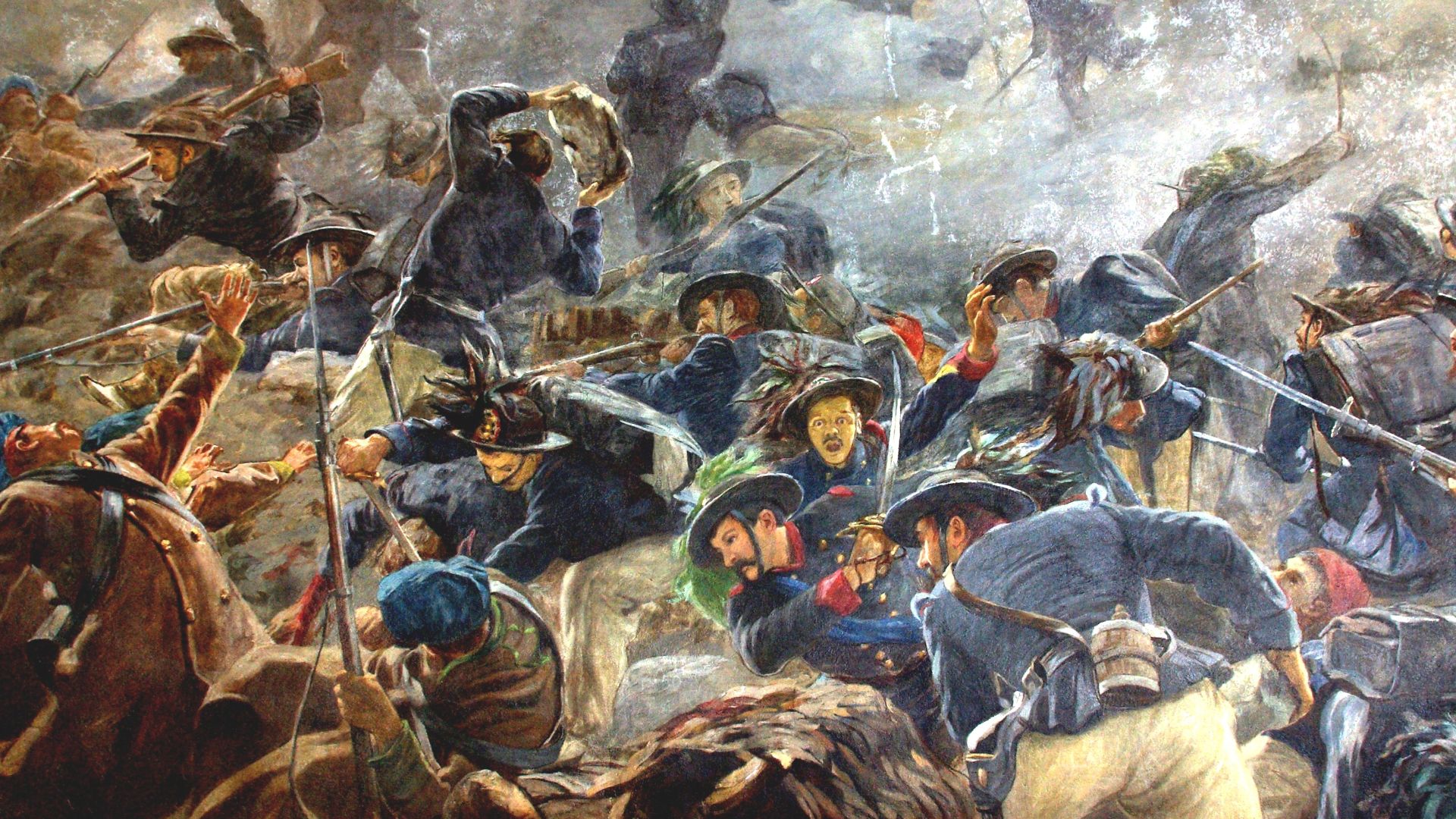
The War That Changed Warfare Forever Wasn't WWI
The Relief of the Light Brigade on WikimediaWhen people talk…
By Ashley Bast Dec 12, 2025
The Zinoviev Letter: How a Forged Document Fueled Fear and…
Unknown (Bain News Service, publisher) on WikimediaSometimes a single sheet…
By Cameron Dick Dec 12, 2025
How Jane Boleyn Became England's Scapegoat
Hans Holbein the Younger on WikimediaJane Boleyn, Viscountess Rochford, is…
By Emilie Richardson-Dupuis Dec 12, 2025
How Did The Romans Like To Unwind And Party
Maria Dolores Vazquez on UnsplashAncient Rome wasn't all gladiator battles…
By Rob Shapiro Dec 12, 2025
Three Lighthouse Workers Vanished Into Thin Air And We Still…
Rude Health on WikimediaThe year was 1900, and something felt…
By Chase Wexler Dec 12, 2025

